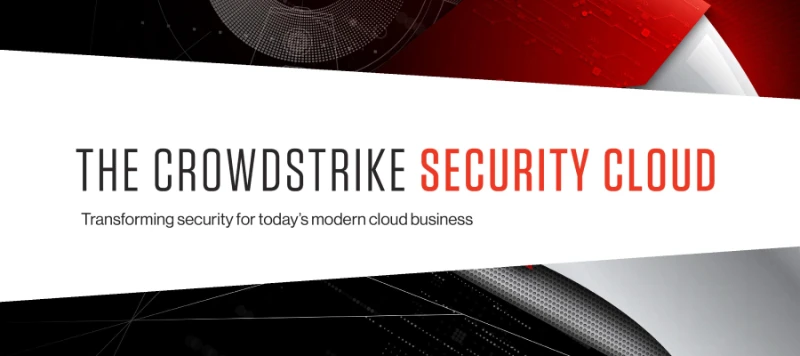The CrowdStrike Security Cloud
Published on 09 Dec 2021

An effective word to describe the impact of the past year on organizations in 2020 is upheaval. Work from home restrictions forced employees to work remotely. The adoption of both telecommuting and cloud services were accelerated. These events made it clear how critical cloud infrastructure is and what it is important to secure both cloud applications and employees working remotely.
According to Gartner, end-users spending on cloud services is expected to grow by over 18% around the world in 2021. To properly protect architecture that is increasingly cloud-native, businesses need to invest in a cloud-native security platform. This will empower employees and secure the DevOps development practices. CrowdStrike has built one of the biggest cloud architectures in the world. As a cybersecurity company, it has a unique vantage point and has unique experience on what is required to secure cloud workload and containers. CrowdStrike's Security Cloud processes more than 5 trillion events each week. Annually it protects against over 75,000 breaches. They have a diverse set of security solutions that are designed to minimize the attack surface of an organization. They, provide visibility into events across the environemnt.
See also: The Secret to Cybersecurity For Small Businesses
An increasing number of organizations are moving to public, private, and hybrid cloud infrastructures. This has given rise to the need for comprehensive security tools. Bad actors are increasingly targeting cloud infrastructure and data breaches on the cloud are steadily increasing.
Common reasons for cloud breaches
1. Human errors
Most often cloud breaches are due to human errors. Gartner estimates that until 2025, 99% of all failures in cloud security will be due to customer errors. As the cloud does not have perimeter security, such breaches can do a lot of damage and be very costly. Some common errors are misconfiguration of S3 buckets, allowing public access to ports, using insecure accounts or APIs. Oftentimes, organizations do not fully know what APIs are being utilized in their architecture.
A simple web crawler is able to identify these vulnerabilities, it makes cloud workloads obvious targets for hackers. Several reported cloud breaches can be traced back to incorrectly configured S3 buckets. Configuration errors of servers in the DMZ can also lead to breaces. This can often leave workloads and containers exposed to the public.
2. Runtime threats
When it comes to public clouds, the underlying infrastructure is typically secured by the cloud service provider (CSP). However, all other components like the operating system, applications and data need to be secured by the users. This type of arrangement is referred to as a "shared responsibility model". However, organizations often do not understand this model. They have the misconception that workloads on the cloud are fully secured by the CSP. This can lead to users running workloads that are not fully protected. Thus, bad actors can target the operating system or applications and gain access.
Download this ebook to learn how CrowdStrike's solutions can help you protect your business. Subscribe to Whitepapers.online for more information on cybersecurity.
